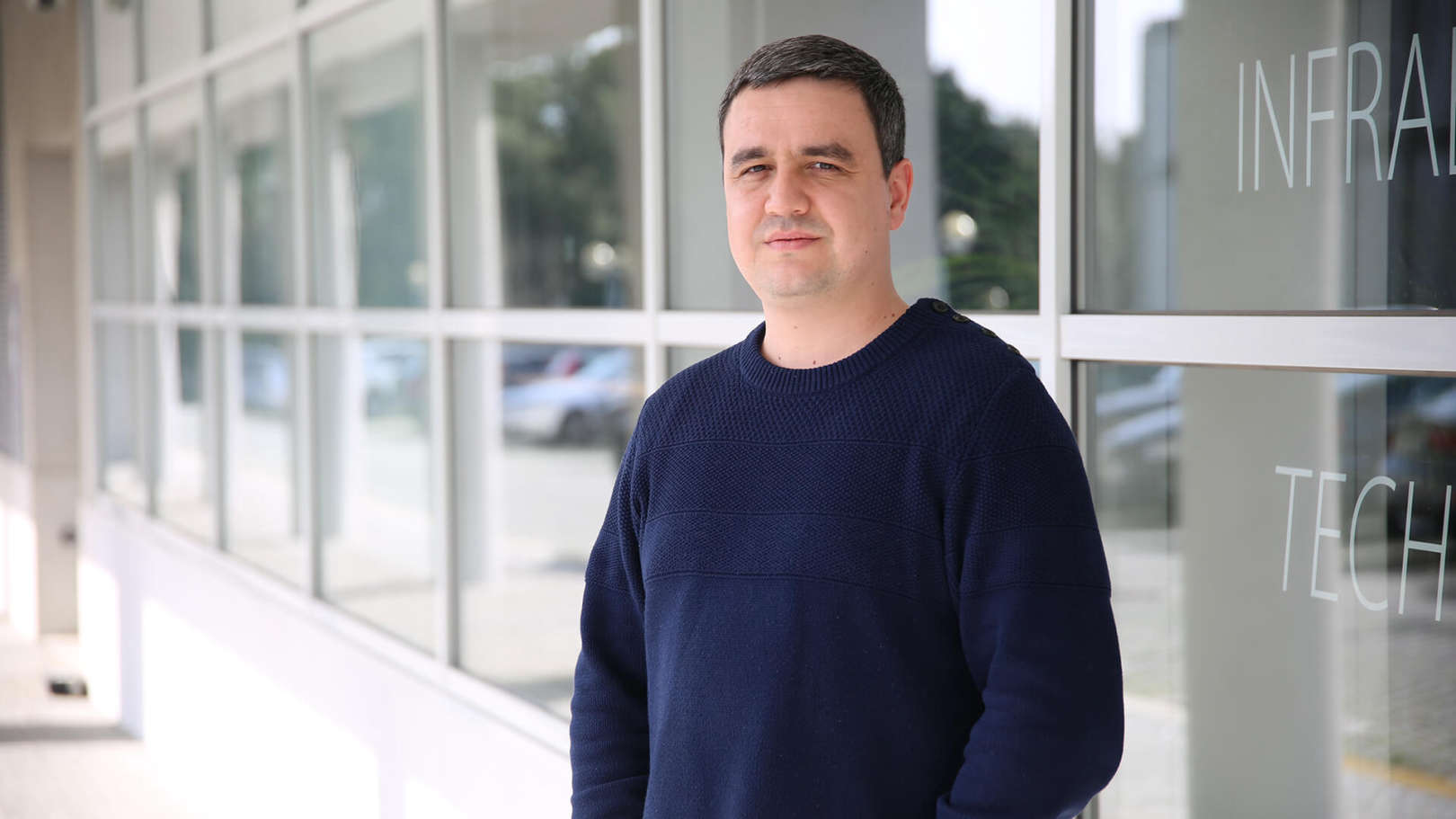Sobre
Sou o Carlos Gonçalves e nasci e cresci em Bragança, Portugal. Depois de ter concluído o ensino secundário mudei-me para a cidade do Porto para estudar Engenharia Eletrotécnica e de Computadores na Faculdade de Engenharia da Universidade do Porto (FEUP), num curso de mestrado integrado com especialidade em automação e robótica, o qual terminei em 2016. Durante o curso, além deste, também trabalhei na área de suporte técnico a dispositivos eletrónicos e na área da eletromecânica, nomeadamente no desenvolvimento e fabrico de peças mecânicas recorrendo a software de CAD/CAM e à programação e operação de máquinas CNC. Estes trabalhos deram-me uma experiência complementar ao conhecimento académico.
O tema da minha dissertação para obter o grau de mestre esteve relacionado com o projeto e desenvolvimento de um pequeno veículo autónomo submarino. Deste trabalho resultou o robô SHAD. Depois da minha graduação como mestre, passei a ser investigador no INESC TEC e as minhas áreas de investigação continuam a ser automação, eletrónica e sistemas robóticos. A minha atividade está centrada no desenvolvimento de soluções inovadoras para plataformas robóticas aquáticas.


